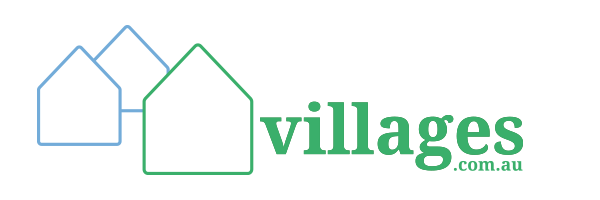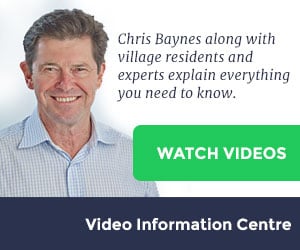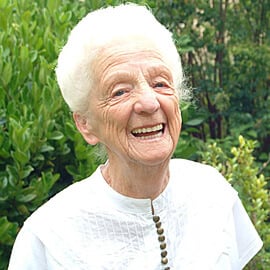According to Helping Hand, South Australia’s not-for-profit aged care provider, ‘new aged care’ is not an oxymoron.
The organisation is challenging public perception that aged care equates to nursing homes. Playing on the term in their brand was also a response to client and community feedback.
“Our clients do not associate with the term ‘aged care’ because many of them do not identify themselves as ‘aged’ or ‘old’ – they think aged care equals nursing homes, and while it remains our core business it does not reflect the diversity of services we provide,” said Chief Executive Ian Hardy.
He wants to highlight the diversity of contemporary aged care services available through Helping Hand.
“Service choices have changed dramatically in the past few years, but the community is often not aware of the range of possibilities.”
Communicating complex, government-regulated models to clients has been a frustrating issue for many years.
“It is not a new problem,” said Mr Hardy. A recent consultation highlighted complexities that make it difficult for people to ask for the correct services. “This leads us to the current dilemma, where the public’s perception of aged care is outdated.”
Helping Hand addressed the challenge head-on.
“New aged care challenges the stereotype and prompts the question – what is different about aged care services today?” he said.
As well as ‘traditional’ residential care, Helping Hand offers physical therapy, domestic and personal services and counselling. Some of these services are depicted in Helping Hand’s new television commercial which was based on feedback the organisation had received.
“We are using their words and their stories because that is the only way we can be certain it makes sense,” Mr Hardy said.
“It reminds people that you don’t need to be ready for a nursing home to think about aged care services.”






